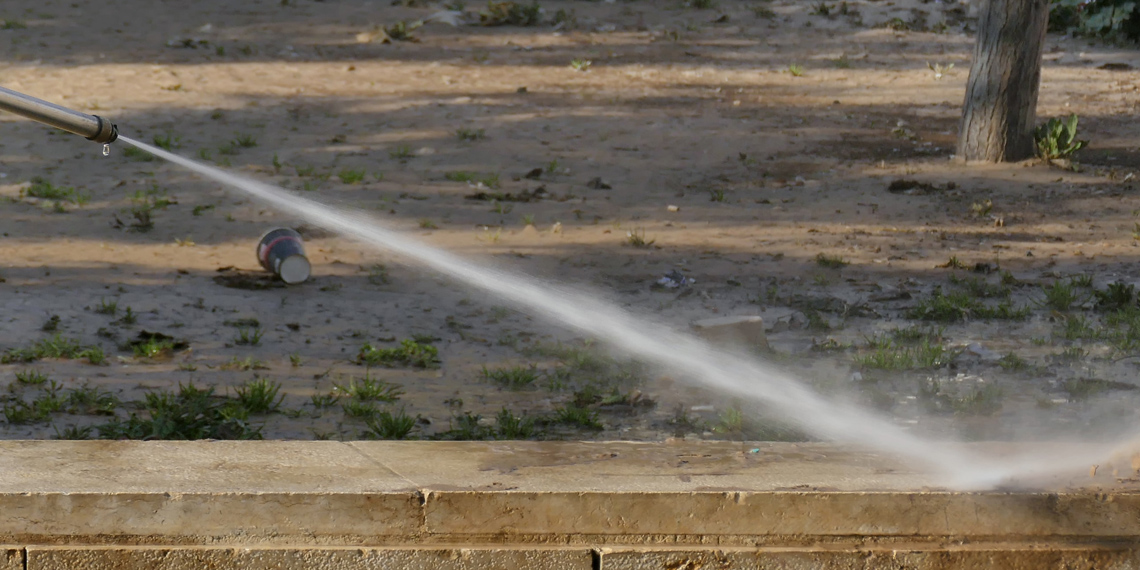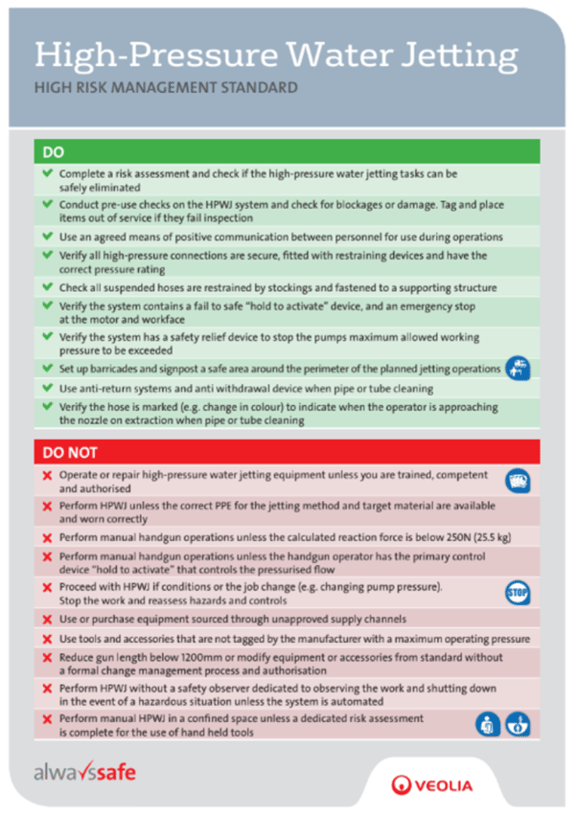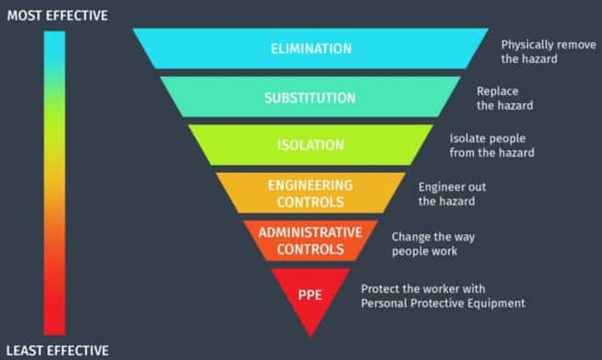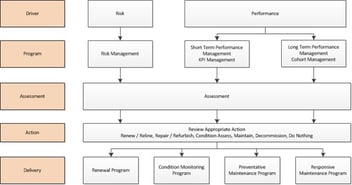Making Safety a Way of Life in Asset Management

In late 2021, Veolia’s David Green presented to the AWA Asset Management Specialist Network Member Circle on the theme “Making Safety a Way of Life in Asset Management". The presentation talked about Veolia’s journey to create best practice “High Risk Management Standards” (HRMS) for numerous areas of work, from “Work at Heights” to “High Pressure Water Jetting” (HPWJ).
The focus area of the presentation was around HPWJ, exploring how the journey started with the fatal death of an operator due to being struck in the chest by a jetter nozzle. The impact of this HPWJ incident was felt across the business. The personal toll on all employees involved in the investigation by WorkCover, the police and Senior Counsel Barrister was significant. Many employees required time off from work, and some opted never to use HPWJ equipment again. It cost the company thousands of dollars in investigations and the restarting of operations to ensure Veolia HPWJ equipment and protocols were industry best practice and industry-leading.
Following this incident, Veolia Australia developed the first Fatal Risk Prevention Protocols (FRPP). These FRPP have since evolved internationally across Veolia into its current form, called “High Risk Management Standards” (HRMS). These standards are based on the learnings from fatalities across Veolia workplaces the world over. These standards provide instructions in the DOs & DO NOTs to follow in high-risk environments. The design of the HRMS are about providing knowledge and taking responsibility for safety in this work environment.
The following simplification of the High Risk Controls is shown for High Pressure Water Jetting (HPWJ). It provides the DO’s and DO NOT’s to implement while working in this environment.

These High Risk Management Standards developed with the Hierarchy of Controls and are underpinned by the “Management of Change” (MOC) protocols posted above, in accordance with ISO 9000 and 45001.


